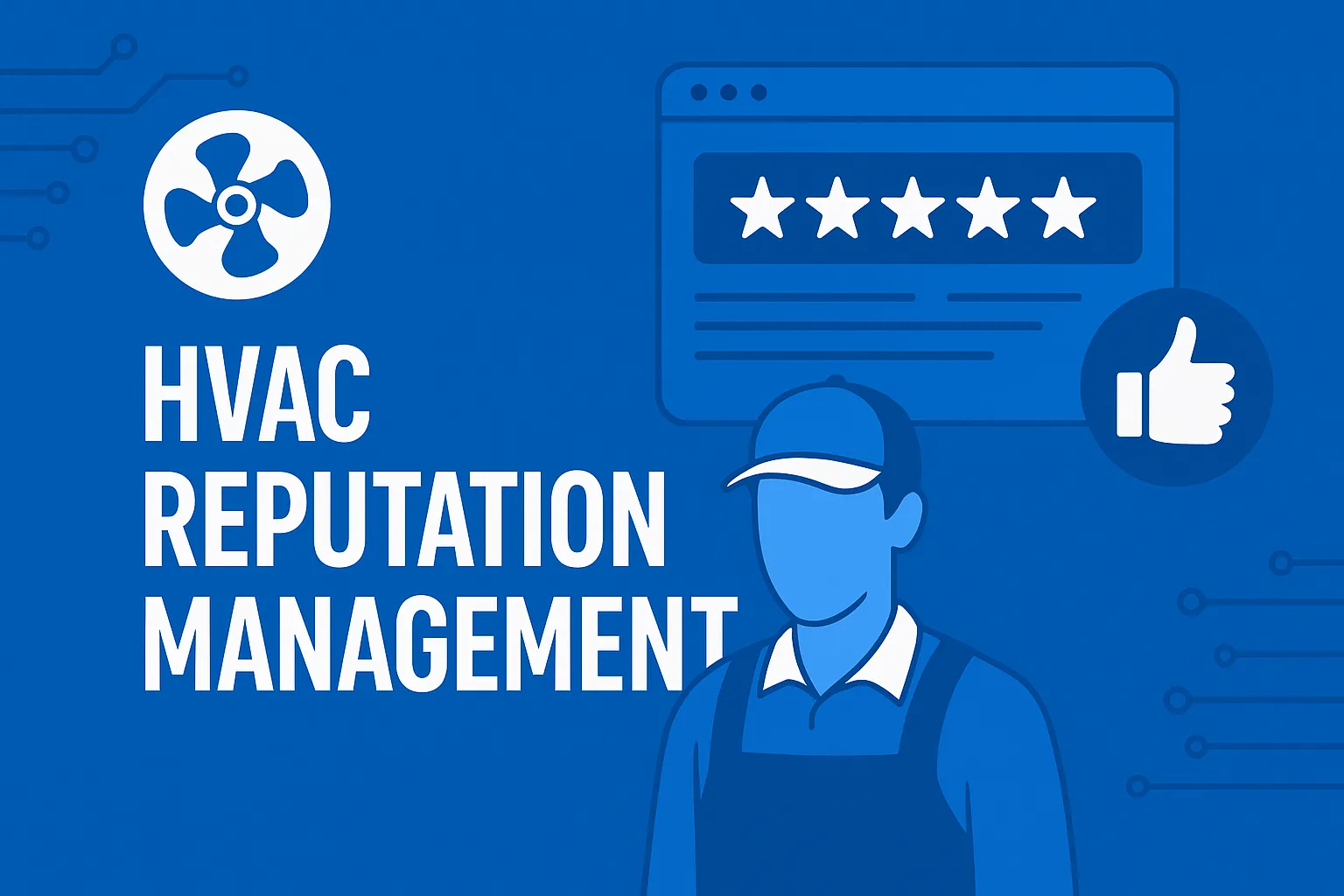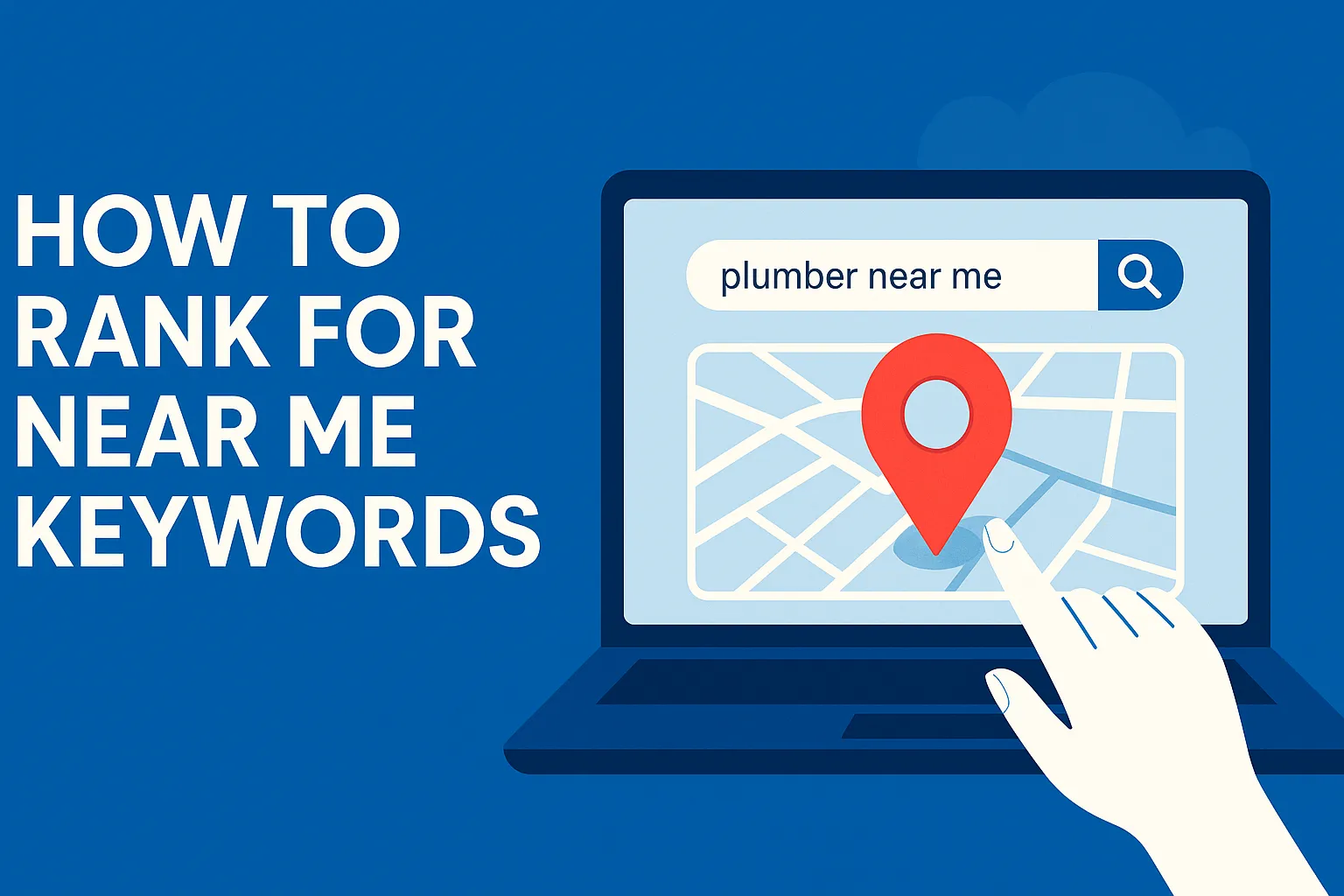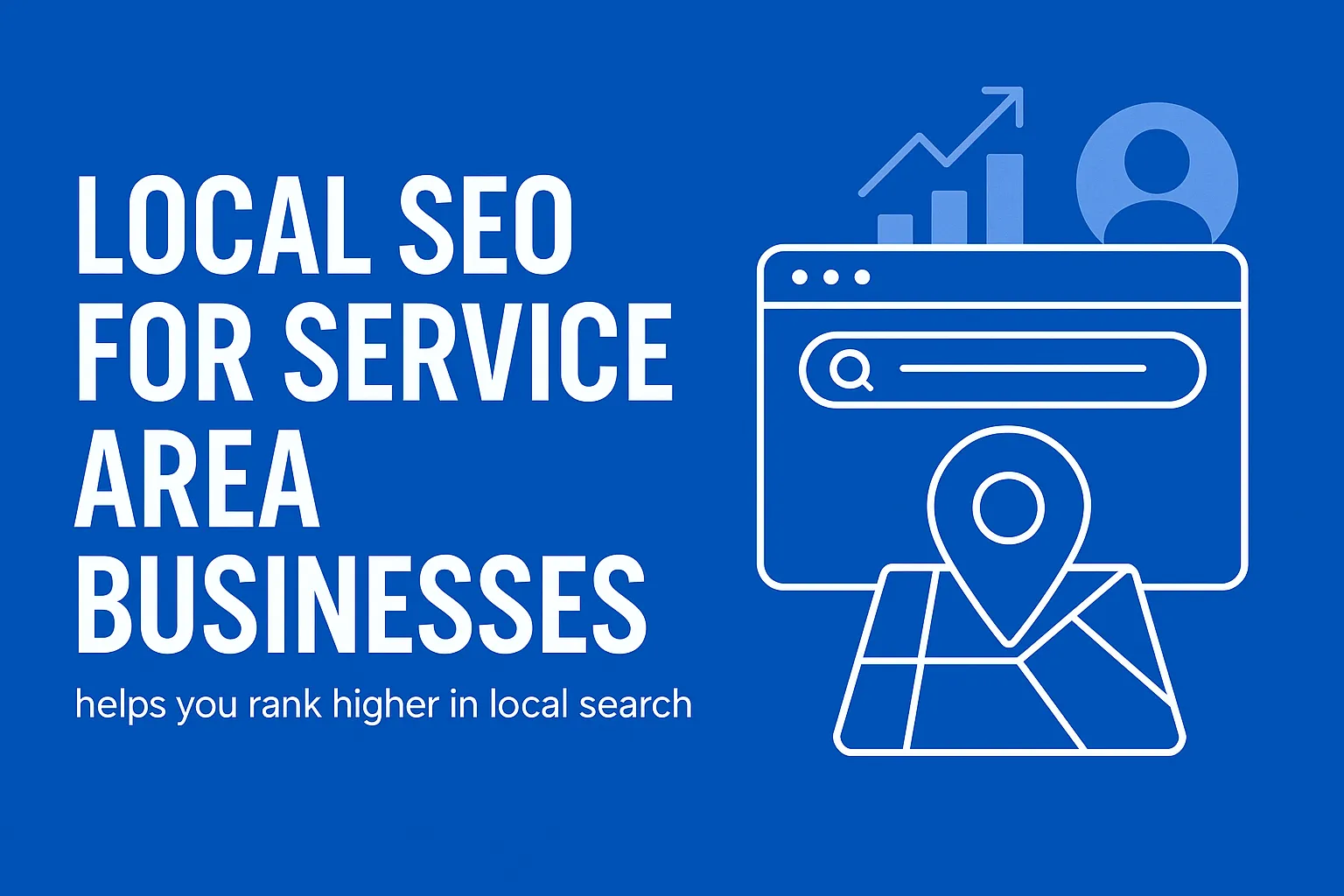Before You Go—Let’s Boost Your Leads!
Join our community of successful HVAC and Plumbing contractors who trust Klutch Growth to enhance their online presence.
Klutch Growth Blog
SEO for Remodelers: 5 Actionable Tips to Win More Jobs
Search engine optimization may sound complicated and even intimidate remodeling contractors, especially newbies. But the thing is, in a competitive industry like home remodeling, you need search engine algorithms to work in your favor. It is what gives you an edge over your competitors.
Whether your remodeling website is old or new, you must constantly optimize your online presence. You achieve this by regularly updating your website with fresh content, using relevant keywords, and ensuring your site is user-friendly.
In this piece, I will share expert tips on SEO for remodelers you can use to boost your online marketing strategy. While SEO may be a long-term growth strategy, following these tips ensures your business remains visible to homeowners searching for remodeling services.

5 Actionable Tips for Improved SEO for Remodelers
Running home remodeling ads will undoubtedly generate an immediate influx of potential clients to your website. However, relying solely on paid ads may not be sustainable in the long run, especially for small remodeling businesses. You also need to invest in SEO strategies to build a more long-lasting client base.
That said, here are 5 SEO tips you can implement to improve your overall home remodeler marketing strategy for impressive ROI:
1. Carry Out Thorough Keyword Research
Keyword research is the foundation of any successful SEO strategy, especially for remodelers. To better align your content with potential clients’ needs, identify and target the specific search terms potential clients use when looking for remodeling services. Utilize tools like Google Keyword Planner, Ahrefs, or SEMrush to find high-traffic keywords with manageable competition levels.
Additionally, choose long-tailed keywords over short ones. Long-tailed keywords capture more search queries, making ranking for them easier and attracting more qualified leads.
Once you’ve identified your keywords, the next step is to strategically place them in your blog content, titles, and descriptions (more on this in the second point). This approach improves your website’s search visibility, increases targeted traffic, and ultimately helps convert visitors into clients.
2. Strategically Optimize Your Content with Keywords
Despite the changes in search engine algorithms for ranking websites, content has remained a constant ranking factor. Optimizing all forms of website content, whether written text, videos, or infographics, is crucial for maintaining visibility and relevance.
Here are some key optimization strategies to ensure that your content continues to perform well in search engine results and effectively engage your audience:
Keyword optimization
To improve your website’s online visibility your content must include relevant keywords—those search phrases potential clients can use to find your services. Here’s how to optimize your content effectively:
Blog posts
Your blog posts offer an excellent opportunity for effective keyword optimization while providing valuable content to your audience. Place your primary keyword within the first 150-200 words of your blog post so that search engines understand the context immediately.
Then, naturally, incorporate primary and secondary keywords throughout the post. As a general guideline, aim to use your keywords 3-5 times in a 1,000-word article to maintain balance and avoid keyword stuffing.
Headings
Header tags (H1, H2, H3, etc.) structure blog content so users and search engines can easily navigate. When properly utilized, header tags can help improve search rankings significantly.
The H1, usually the main heading, should carry the primary keyword, while the H2 and H3 could have the primary and secondary keywords, respectively. To maximize your headers, use only one H1 per content and ensure they follow each other in descending order.
For instance, header tags in this order (H1, H2, H4, H4, H2, H4, H4, H3,…) can hurt your search engine optimization.
Title tag
To optimize your title tag for remodelers’ SEO, ensure it includes your primary keyword, preferably at the beginning, to improve relevance for search engines. It should also be concise, ideally between 50 and 60 characters, to avoid being cut out in search results.
A pro tip is to ensure your title is descriptive and aligns with your user’s search intent to encourage more click-through rates.
Meta Description
Your meta description is a preview of your content that appears under your title tag in search results. Its purpose is to give users a brief context for your content. Meta descriptions influence your click-through rates, so you need to ensure they are well-written and optimized.
You can make your meta description compelling by using persuasive words like “discover” or “learn” to attract your target audience. Your meta description should contain your primary keyword; the recommended count is 150-160 characters.
URLs
Your website’s URLs are SEO-friendly when you keep them short, descriptive, and include primary keywords. Avoid using long, confusing URLs with random numbers or letters, as they can be difficult for users and search engines to interpret. For example, a URL like this ‘klutchgrowth.com/seo-for-remodelers”, will perform better than “klutchgrowth.com/page123″.
Rich-media Optimization
Images and videos give your remodeler website an aesthetic appeal, but when properly optimized, they can significantly boost your SEO efforts and overall home remodeling marketing strategy.
Images
While adding visually appealing images showcasing your remodeling expertise can wow potential clients and enhance user experience, you shouldn’t stop there. Search engines don’t interpret pictures like humans do, so it’s essential to use alt text that links the image’s relevance to your content.
A good alt text should be descriptive and include the keyword you want to rank for. Doing this boosts the chances of your images being featured as rich snippets for increased visibility and click-through rates.
Videos
Videos showcasing your remodeling projects or customer testimonials are powerful for engagement. Optimize them by including keyword-rich titles, descriptions, and tags.
Host your videos on platforms like YouTube or Vimeo and embed them on your website for quick loading. A fast load time will encourage potential clients to engage longer with your video content, which sends a positive signal to search engines that your content is valuable and relevant.
You could also add transcripts or captions to improve accessibility and provide extra content for search engines to crawl, increasing your chances of ranking higher in search results.
3. Have Well-structured Internal Links
One way to optimize your internal linking is to use the pillar-cluster model. In this model, you have a central page on a broad topic in your industry, like “home remodeling marketing.” and supporting cluster pages, that is, subtopics related to the main topic.
For instance, your cluster topics could be “bathroom remodeling,” “tips on choosing a home remodeling contractor for your kitchen,” or “how to get more leads for your kitchen renovations.” These cluster pages linked to the pillar create an interconnected web of content useful for users and search engines to navigate your website easily.
The beauty of organized internal links is that they help search engine crawlers better understand the hierarchy and relationship between your content, which in turn facilitates more efficient indexing. They also help search engines transfer authority from content performing well to content that isn’t.
The end goal is that well-structured internal linking increases the chances of your pages appearing in search results. For optimal results, fix all broken links, use descriptive anchor texts, and ensure no standalone links on your page, as doing otherwise will likely slow down your SEO efforts.
4. Build High-quality Backlinks
Link building involves acquiring backlinks from other websites to yours. This SEO strategy has proven to improve search engine rankings for remodelers by increasing your site’s authority and credibility. However, it must be thoughtfully executed to achieve the best results.
Focus on generating backlinks from websites within the remodeling industry or related fields where potential clients will likely find your business. Prioritize quality over quantity when acquiring backlinks. High-quality backlinks from reputable sources are more valuable than numerous low-quality ones.
Additionally, make sure the anchor text used in these links is descriptive and relevant. For instance, anchor text like “remodeling market” is more effective than generic phrases like “click here” as it provides context and improves relevance for users and search engines.
5. Do Local SEO for Remodelers
Your SEO strategy is probably incomplete without targeting potential customers in your service area. One way to ensure you are not missing out on your local clients is strategically optimizing your website with location-based keywords. This means adding your service area to those top keywords your target audience uses to search for services in your niche.
For instance, for a home remodeling contractor in Miami, you could craft blog content and optimize it for keywords like “how to choose the best home remodeler in Miami” or “affordable bathroom remodeling in Miami.”
Google Business Profile can also improve local search results. In addition to getting listed on this platform, ensure that your business NAP is correct and not different from what you use on other directories. Google favors frequently updated profiles, so it aims to add fresh images weekly.
Additionally, respond to reviews at least once a week, whether positive or negative. When you consistently do these, you not only boost your credibility but also signal to Google that your business is active. This, in turn, improves the chances of your web pages appearing in local search results.
Conclusion
You need a solid home remodeler marketing strategy to succeed and grow your business in the improvement industry. One proven method to keep your strategy strong is to include SEO in your campaign. By following the tips in this piece, your website will consistently bring in organic traffic for increased business growth.
If you are not up to setting up your remodeler SEO yourself, Klutch Growth can help. Our team of SEO professionals will handle your technical, local, and on-page SEO strategies, including other aspects of your digital marketing strategy. Book a call with us today; we are eager to have you on board.
Recent Posts
November 14, 2025
November 14, 2025
November 10, 2025
November 3, 2025




